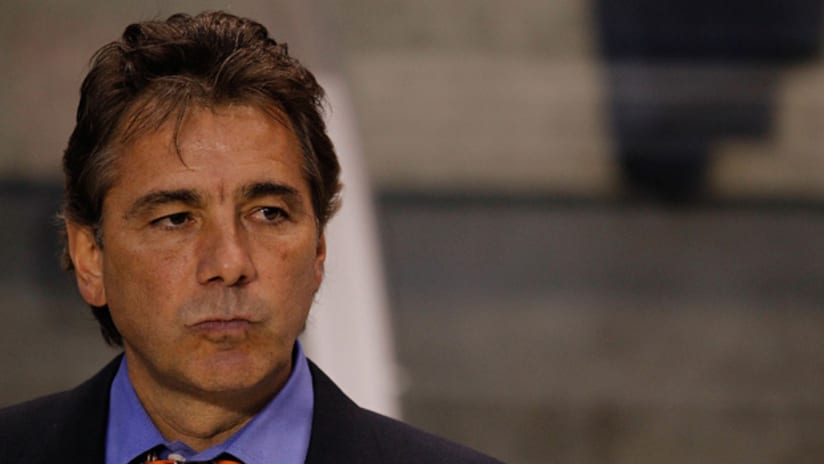So far, the new season hasn’t gone according to plan for the Chicago Fire. High-profile (read: controversial) offseason changes to a squad that finished last season only a shootout away from an appearance in the MLS Cup final have ratcheted up the disappointment. Fire fans expect results.
The club dropped its season opener to New York. But it did well to fight back and tie Colorado away on Matchday 2.
And the feeling permeating around Toyota Park last Saturday was that things would certainly get better. The San Jose Earthquakes, fresh off of their humiliating 3-0 home loss to Real Salt Lake, were in town. This was a team the Fire should handle.
Ninety minutes later, the hope, the excitement, the optimism, all of it was gone. Boos rained down from the stands as the referee blew the final whistle. The Fire had lost 2-1, giving up a late goal.
The club, with one point in its first three games, now sits in sixth place in the Eastern Conference. Why?
Perhaps the most prominent reason for the Fire’s early struggles is the poor play in the central midfield. Regardless of whether it’s been Logan Pause, Peter Lowry or Baggio Husidic in the middle of the field, the Fire have received little to no offensive production from the two men manning the center of the park.
Solid distribution out of the center, a requirement in Carlos de los Cobos’ possession style of attack, has been lacking. Turnovers have have proven to be costly. Also the defensive bite that we’ve come to expect from Chicago’s central midfield over the past few seasons has been nonexistent.
John Thorrington’s return from injury, possibly in time for the April 24 game against Houston, should help the midfield situation. But Pause will also need to find the form he showed in 2009.
Another problem plaguing the Fire is the revolving door at left back. The Fire has started three different left backs—Mike Banner, Krzysztof Krol and Deris Umanzor—in each of the team’s first three games. The constant tinkering has hindered the Fire back line’s bid to build a solid rapport with one another.
“It’s always difficult when you have a different lineup every game,” Fire center back C.J. Brown said after Saturday’s game. “But at the end of the day, everybody has their job to do and you got to do it. We train together all day. We had preseason. It’s really not a matter of who’s on or who’s off. You’ve got your opportunity, take advantage of it.”
It is important to note that the Fire are only three games into a 30-game schedule. A lot can—and will—change over the course of the next six months. But if the club wants to stop hearing boos at Toyota Park, things need to change quickly. Optimism doesn’t last forever.


